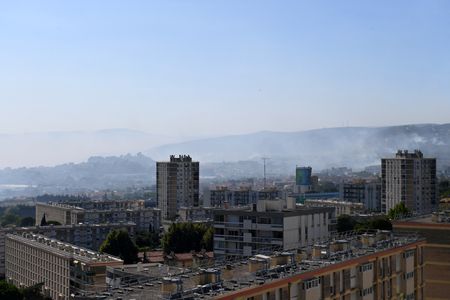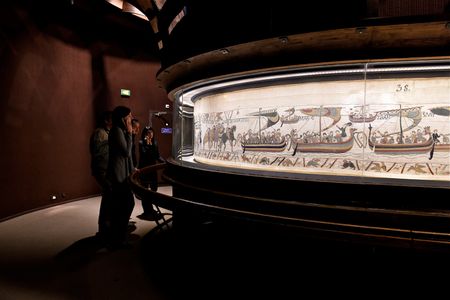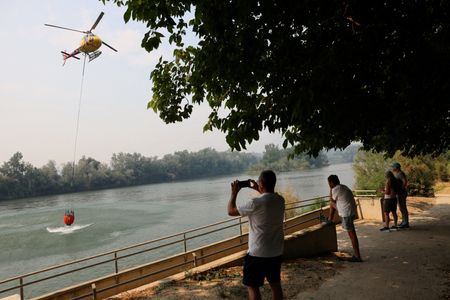PARIS (Reuters) -A wildfire threatening the outskirts of Marseille, France’s second most populous city, was being fanned on Tuesday by a “Mistral” wind with gusts reaching 70 kph (43 mph).
Firefighters said the blaze had, when at its most ferocious, advanced by more than 1 km per minute but was now contained. However, with weather forecasts showing the Mistral set to blow through the evening and part of the night, there remained a risk the front line could once again advance.
WHAT IS THE MISTRAL WIND?
The Mistral is a strong, cold and dry wind that blows from the north or northwest through the Rhone Valley in southern France towards the Mediterranean Sea.
It is a wind shaped by the geography of the area, particularly the funnel-like Rhone Valley, which accelerates the wind as it moves southward. The name Mistral comes from the word “mistrau” in the local Occitan dialect, meaning “masterly”.
The wind is known for blowing clear, dry air in bright blue skies. It has a significant impact on agriculture, architecture and daily life in Provence and surrounding areas.
WHEN DOES THE MISTRAL WIND BLOW?
The Mistral can occur at any time of year, but it is most frequent in the winter and spring months.
It forms when a high-pressure system over the Atlantic or northern France meets a low-pressure system over the western Mediterranean. This pressure difference drives air southwards, which intensifies as it passes through the Rhone Valley.
The wind can last from a few hours to several days, and sometimes longer.
HOW POWERFUL IS THE MISTRAL WIND?
The Mistral is one of Europe’s most powerful regional winds. It often reaches 50 to 90 kph, but gusts can exceed 100 kph, particularly near the coast, and it has been recorded at over 120 kph.
It can damage crops, fell trees and affect roads and air traffic. It can also whip up the seas and be hazardous for sailors. Despite its challenges, the Mistral also brings benefits: it dries the vineyards and olive groves that are abundant in southern France, reducing fungal diseases.
Artist Vincent van Gogh captured the region’s distinctive weather and light in some of his paintings, including Pine Trees against a Red Sky with Setting Sun.
(Editing by Richard Lough and Timothy Heritage)









